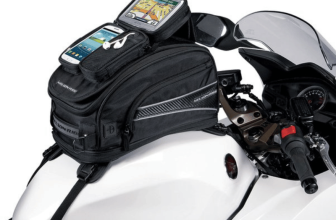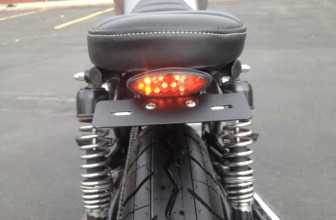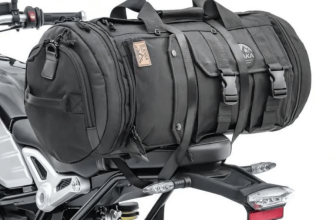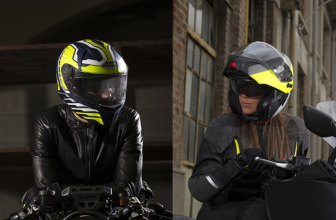How To Do Safe Braking While Riding A Motorcycle
A motorcycle is a splendid machine that grants us the freedom to commute nearly anywhere at almost any time. Riding one allows you to experience a unique sense of liberty, as you zip through the streets and feel the wind against your face. However, it’s of utmost importance to acquire the skill of braking a motorcycle correctly and safely. With that in mind, I’m Saleh, and I’m here to provide you with a concise guide on “Mastering Safe Braking Techniques While Riding a Motorcycle.” Let’s dive right in.
Riding a motorcycle is a skill that falls somewhere between being incredibly challenging and deceptively simple. It might seem like anyone can hop on a bike after a few days or weeks of effort, and on the surface, it appears quite straightforward. However, I must emphasize that riding safely is far more complex than merely acquiring the basic ability to ride a motorcycle. It demands ongoing practice, a deep understanding of road etiquette, experience in handling diverse situations, an awareness of your own limitations, and the ability to ride with precision within those boundaries.
In essence, achieving safe motorcycle operation is not as effortless as some may assert. Within this realm, the act of braking and stopping a motorcycle can be likened to an art form. It necessitates dedicated practice and mastery of specific techniques. Nevertheless, by mastering this seemingly simple art, you will equip yourself with the skills needed to execute safe braking while riding a motorcycle and effectively handle unforeseen and potentially dangerous situations. Now, let’s explore these fundamental techniques.
Do Practice Combined Braking
The concept of utilizing combined braking is a crucial element in ensuring the safe operation of a motorcycle. It involves simultaneously applying both the front and rear wheel brakes when attempting to slow down or bring a motorcycle to a halt. Unfortunately, newcomers and some riders at the novice level often fall into the habit of relying solely on either the front or rear brake, and this practice may persist until they encounter challenging situations or learn from unfortunate accidents. However, it’s essential to understand that this approach is fundamentally flawed.
Engaging both brakes concurrently serves several important purposes. It helps maintain control over both wheels during the motorcycle’s deceleration, resulting in more efficient braking. This, in turn, reduces the risk of skidding, enhances traction with the road surface, and allows for smoother stops within the desired distances. In contrast, relying on a single brake exerts excessive pressure on one wheel, which can lead to skidding and, potentially, result in accidents.
Avoid Panic Braking
Panic braking ranks among the most perilous actions a motorcycle rider can take. Often, riders resort to this risky maneuver due to their instinctual emergency response, inadvertently creating precarious situations. It’s crucial to understand that relying on an instantaneous, hard brake stemming from panic, even if both wheels are unable to provide a safer solution, can potentially lead to a severe accident.Therefore, it becomes imperative for an experienced rider to hone the skill of self-control, especially in sudden and highly stressful situations. By doing so, they can swiftly assess the circumstances and determine the most appropriate course of action in a split second. This may involve executing a nearly perfect brake or finding a more effective way to navigate the situation. Moreover, it’s worth noting that panic braking often results in an imbalanced application of braking force between the front and rear wheels, which frequently culminates in disastrous outcomes.
Apply Engine Brake
Engaging the engine brake represents another highly effective technique for achieving a proper and safer braking experience while riding a motorcycle, particularly when traveling at higher speeds. This method significantly reduces the motorcycle’s speed in a controlled manner, making it easier to manage sudden, unavoidable situations. What’s more, the engine brake enhances the overall efficiency of the wheel brakes, minimizing the risk of skidding issues.
As a result, applying the engine brake stands as a widely adopted practice within the global motorcycling community to maintain control over a swiftly moving motorcycle. Riders are encouraged to master this technique and incorporate it into their reflexes, replacing potentially hazardous panic braking. Following this, they can choose their preferred brake ratio for different surface conditions, enhancing their adaptability and safety.To sum it up, here are the three most crucial techniques we’ve discussed to ensure safer motorcycle braking. We hope you find them valuable, enjoy practicing them, and ultimately master them to enhance the safety and enjoyment of your future rides. Ride safely, and thank you for your attention.







